Our team includes permanent researchers at the Department of Geosciences, postdoctoral researcher, doctoral students as well as Master and Bachelor students. We also have the chance to welcome now and than visiting research fellows.
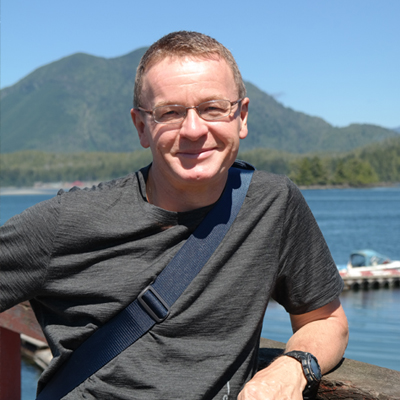

My research is related to the tectonic development of mountain belts, foreland basins and fold-and-thrust belts, as well as passive margins. I have also been involved in a series of projects on plate tectonics. My areas of research mainly concern the northern Alpine foreland in Switzerland and France and the Greater Caucasus in Azerbaijan, Georgia and Russia. Plate-tetonic investigations cover the Tethys domain and the North Atlantic. Presently I am working on the orogenic development of the Greater Caucasus and the understanding of the formation of faults and the associated stress field in the Alpine foreland.
More details are can be found on my personal page. Phone: +41 26 300 89 82 | e-mail: jon.mosar(at)unifr.ch | Office: 0.305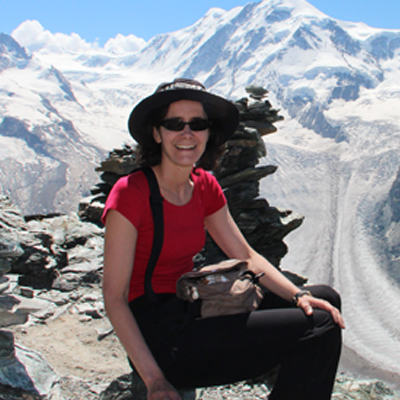

My current research project concerns the geology and the structures within the foreland Molasse Basin and the Jura fold and thrust belt. The approach I use is to correlate geological surface data with subsurface data (well logs, seismic profiles, velocity models). In collaboration with PhD and Master Students, we address fundamental geological issues such as the 3D geometry of the structures, the location of strike slip faults and thrusts, the Mesozoic detachment horizons including the role of the Triassic evaporites, the uplift and erosion of Base Tertiary, the location and extent of Permo-Carboniferous basins, as well as topography of the top to basement surface.
This research also provide regional information that help with geothermal future project, new exploration for hydrocarbon, storage of nuclear waste, better understanding of large scale groundwater flux and heat-flow distribution, safety of our main urban and industrial sites, dam lakes and power plants.
Phone: +41 26 300 89 39 | e-mail: anna.sommaruga(at)unifr.ch | Office: 4.312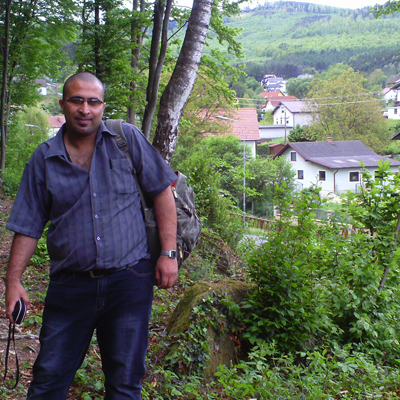

My scientific research interest is in geomorphological processes, landscape dynamics and regional deformation within active continental transform systems and collision zones. My last PhD research focused on the analysis of paleostress and remote sensing images along the eastern margin of the Dead Sea Transform in Jordan. My recent research focuses on determining the regional kinematics of active deformation within the Swiss and French Jura fold-thrust belt and the tectonic evolution of the area. My research combines multiple data sources to understand the evolution of fault systems and their interactions and influences on landform development. The methods I use include field-based structural measurements and analysis, geomorphological mapping, GIS analysis and modelling, geophysical tools (magnetic, gravity and electric resistivity) among others. My current work attempts to answer questions such as: How do landscape features respond to tectonic and geodynamic forcing, and are there distinct geomorphologic signatures associated with these forces?
Phone: +41 26 300 89 85 | e-mail: omar.radaideh(at)unifr.ch | Office: 0.303
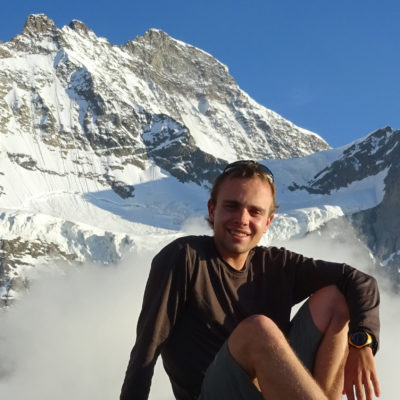

My research focuses on the geology of the Danakil depression, in the northern Afar, in Ethiopia. This area is a fascinating example of active continental rifting, characterized by volcanism, neo-tectonic structures and rifting-related sediments, including terrestrial deposits as well as sediments of recent sea incursions like reef carbonates and significant amount of salt. An extensive analysis of seismic data, combined with core logging and field mapping will be used to better understand the structure of the basin and provide insights into the dynamic of the opening. As the area constitute a rare example of active rifting featuring important evaporites deposition, the results of this research could be used to better understand the early stages of older similar rift system which have shaped our planet. Phone: +41 26 300 89 76 | e-mail: valentin.rime(at)unifr.ch | Office 3.315
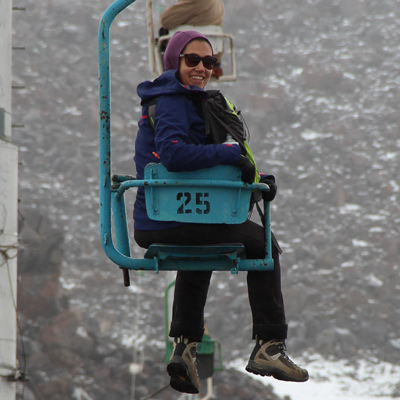

My master research aims to understand the processes of formation and to study the structure in the Northern part of the Greater Caucasus, especially in its central part. My work will be based on the analysis and comparison of data gathered during field trips and existing literature. This includes also the creation of cross sections of the studied area in the Greater Caucasus. The comparison of the theories of development of the Caucasus by different authors is also leading to some interesting observations.
E-mail: vera.kalberguenova(at)unifr.ch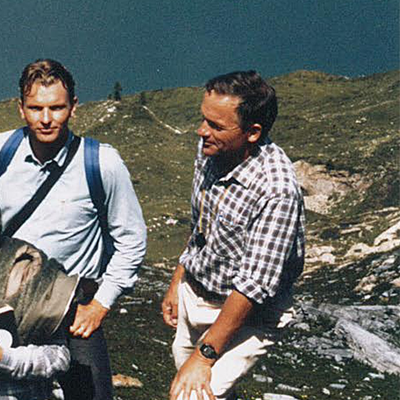

Former professor in petrography my work was and still is oriented to tracing of pre-Mesozoic Basement In the Alpine domain and comparing this with the former framework of the Variscan mountain chain in Europe. Work includes mapping and structural analysis, microscopy and petrography of rock-samples, and their petrological and geochemical appreciation.
Collaborative work with many colleagues allowed us to conclude that at present, the pre-Mesozoic Alpine basement can be entirely integrated in the Variscan mountain chain of Europe, representing part of the Gondwana margin since the Late Precambrian.
The main financial support was enabled during many years by the Suisse National Science Foundation.
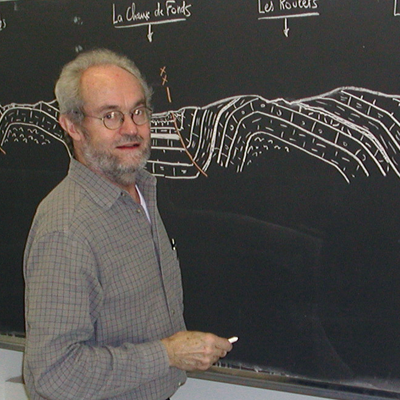

Former professor in general and regional geology of the Prealpes Klippen Belt, specialist in flysch deposits and flysch related slope instabilities.
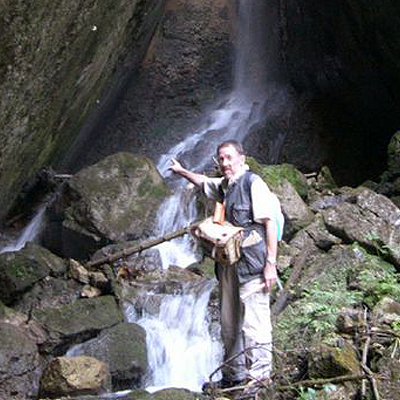

Former researcher and professor in structural geology, specialist of the Prealpes Klippen belt.
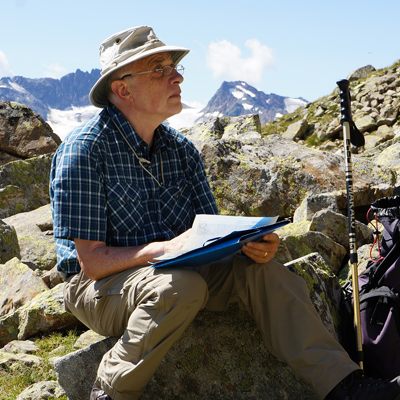

I studied as former professor for mineralogy and petrography with my working group (20 Diploma/Master Theses & 5 PhD Theses) the evolution of the Austroalpine Silvretta nappe (Cartography, geochemistry, geochronology, geology, petrography, tectonics). Since 2004, J.P. Hürzeler and I map sheet 1198 Silvretta of the Swiss Geologic Atlas 1:25’000. We plan to finish the field work in 2017. Actually I am also involved in the mapping of the adjoining sheet 1197 Davos, which contains a major portion of the Silvretta nappe, and am responsible for the crystalline part of the Austroalpine units in the concomitant explanation book.
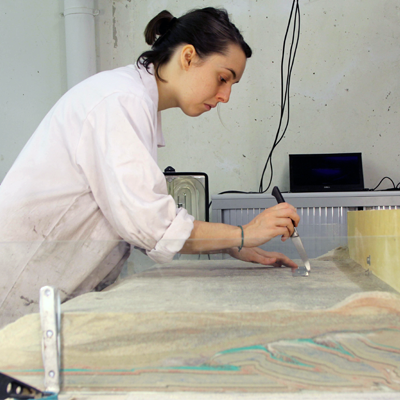

My research focuses on the development of fold-and-thrust belts. During my PhD, I used analogue modeling to discuss 1) the structure and 3D kinematics of fold-and-thrust belts involving one or several décollements, and 2) the impact of surface processes on deformation partitioning. The aim of my current project is to better constrain the mechanical processes that govern the Jura fold-and-thrust belt and the Swiss Molasse Basin, using a kinematic and mechanical approach. Stress in the Alpine foreland - a kinematic and mechanical approach (SALAMANDER)
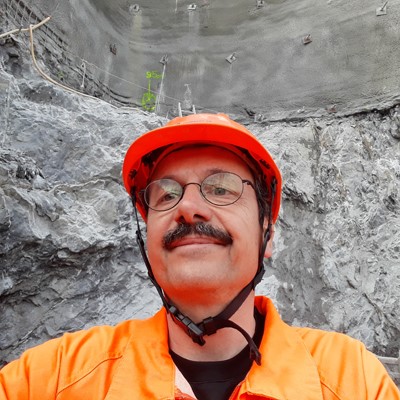

I am working in a private company called Bureau Norbert SA where I act as project manager for Engineering geology (dam and HPP, tunneling, natural hazards). I am also involved as swiss expert for geological risk on the assessment of dams. I further work on groundwater management and protection, groundwater quality, contaminations, reservoir seepage and contaminated sites. At the University of Fribourg I am lecturing on technical geology and slope instabilities. I am member in the following professional societies:
- Swiss Society of Engineers and Architects (SIA)
- Swiss Association of Geologists (CHGEOL)
- International Association of Hydrogeologists (IAH)
- Swiss Hydrogeological Society (SSH)
- Groupement Suisse de la Géologie de l'Ingénieur, member of the Committee panel (GSGI)
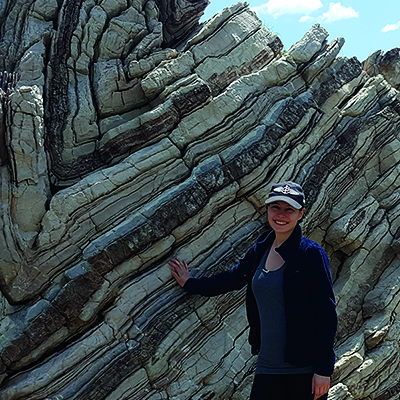

My research is on the tectonics of the Jura foreland fold-and-thrust belt. The objective of my work is to assess the relative and absolute chronology of the different tectonic events. i will use a 2D and 3D approach to constraint the kinematic evolution. Stress will be characterized using a numerical approach.
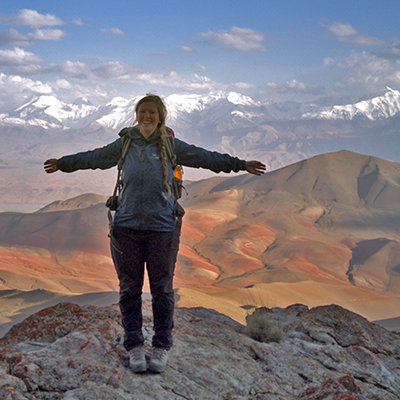

I am working on a master project on the: Tectonics in the SW Kyrgyzstan: From the southern Tien Shan into the front range of the northern Pamirs. This project concerns the construction of a tectonically comprehensible and admissible cross section through the Southern Tien-Shan and into the transition zone with the northernmost Pamirs range. The project will also look at the neotectonic and recent evolution and comprises compilation of existing work as well as new fieldwork.The project is a collaboration with Cholponbek Ormukov at the Central-Asian Institute for Applied Geosciences (CAIAG) in Bishkek and will be done with a Kyrgyz partner Masterstudent.
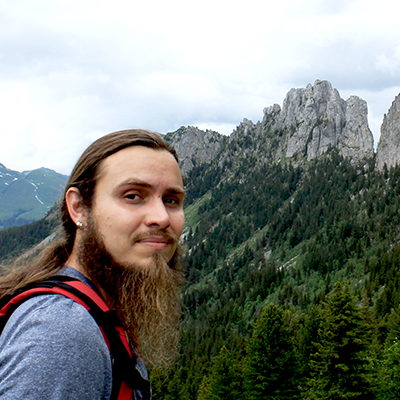

My Master subject is on mechanical and kinematic modelling along and around the Pontarlier Fault System in the western Jura fold-and-thrust belt and the Molasse Basin. The objective is to determine the present and paleo-stress field associated with the complex strike-slip fault system and explore the changes in fault kinematics as the different mechanical parameters (stress magnitudes, orientation, friction, fluid pressure etc.) change.
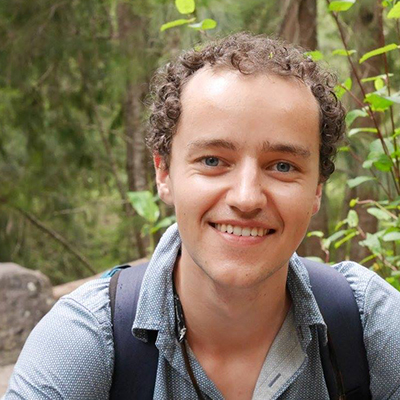

I am presently working on tectonic interpretation in the Geneva Basin. The objective of my research is to integrate existing surface and subsurface data between the Jura fold-and-thrust belt and the Geneva area and produce a tectonically and kinematically viable model. The main focus is on processing and interpreting the available seismic and well data in terms of tectonics, but also including lateral facies changes, to developed a 3D model of the subsurface in the larger Geneva area that will be used as a prospective tool for geothermal projects. A special focus is on faults and thrust in the frame of a detached foreland. This work is done in collaboration with the Service industriels de Genève (SIG), Geneva GeoEnergy (GGE), and the Department of Geosciences of the UNIFR.
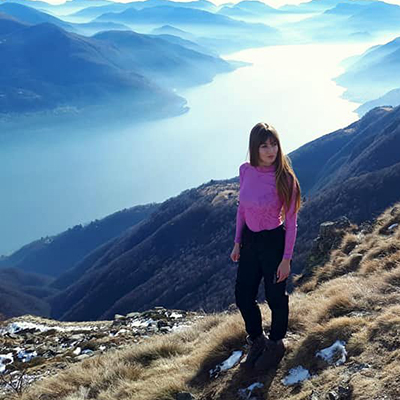

My research is interdisciplinary and concerns Basement lenses in sediments overlying the Mont Blanc and Aiguilles Rouges Massifs. Paleozoic basement s.l. slivers have been observed inside the highly deformed Mesozoic sedimentary cover along the top of the Aiguilles Rouges and Mont Blanc Massifs. in the vicinity of the main décollement level of the Helvetic Nappes. The main outcrops are in the Salanfe-Tours Salière and in the Petit Col de Ferret area. The extent of the basement slices is in the order of 10-several hundreds of meters. The origin/cause of the basement slices inside the sedimentary pile remains to be elucidated. I will use a combined sedimentological, tectonic and petrographic approach to document and discriminate the involved processes.
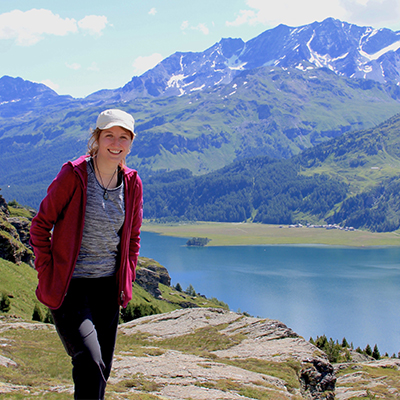

My Master research is on the tectonic and kinematic development of the Mont Tendre folds and thrusts in the High Chain of the Central Jura fold-and-thrust belt of Switzerland and France. The objective is to use a forward modelling approach based on 2D viable sections to create a kinematically sound NW-SE oriented 2D section. Special attention will be given to location and geometry of top basement and multiple detachment levels. Fieldwork will allow me to densify surface data to better constrain my modelling. Available seismic data will allow me to implement subsurface information into the model.
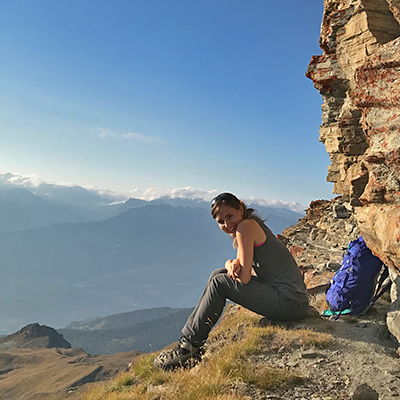

The objective of my research is to understand the tectonic structure and the kinematics of the western termination of the Morcles Nappe. The study area covers the Cheval Blanc-Dents Blanches sector. Based on original field work I will investigate the geometry of the structures and document the associated strain partitioning and kinematic indicators. This work is part of a larger project on the Morcles Nappes west SW of the Rhône rive in Switzerland and France.
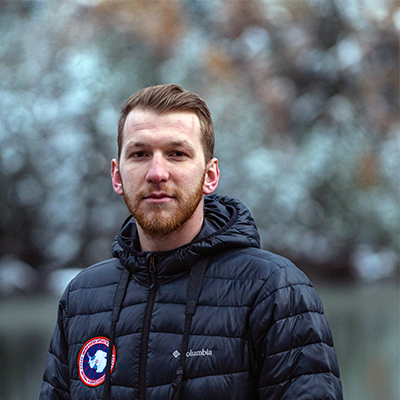

The objective of my research is to understand the tectonic structure and the kinematics of the western termination of the Morcles Nappe. The study area covers the Emosson - Mont Ruan - Dents du Midi sector. Based on original field work I will investigate the geometry of the structures and document the associated strain partitioning and kinematic indicators. This work is part of a larger project on the Morcles Nappes west SW of the Rhône rive in Switzerland and France.